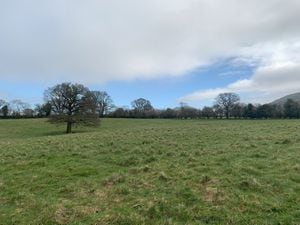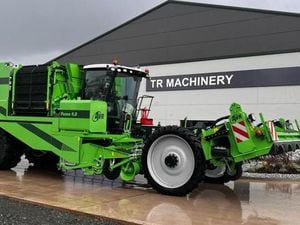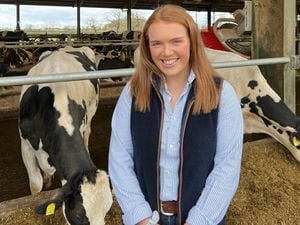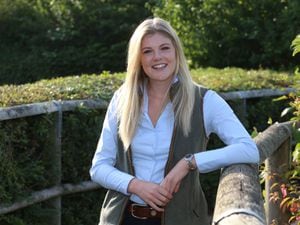Some positives to this freeze-thaw ride
As I write the second cold blast dubbed “the mini beast from the east” has passed over, thankfully for this part of the world a lesser monster than its recent predecessor.
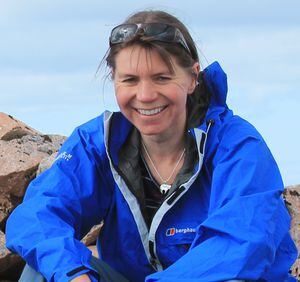
But the opening words of the famous ditty “spring is sprung, the grass is ris” still feel a fair way from being true. Cold temperatures and snow followed by rain mean that grass growth is slow to almost non-existent and ground conditions for some remain challenging. Everyone would agree that it is not an early spring!
Yet there are some positives. Cold can be helpful for killing bugs and in some cases helping ground to move a little through freeze-thaw action, which can help to alleviate some of the compacting forces of grazing and machinery on certain soil types.
With a forecast of some milder conditions soil temperatures will begin to rise and, especially in places that aren’t lying too wet, grass growth may start to push on. Visiting a farm at the end of last week, the soils were not far below the magical 5C needed for growth to begin despite being at around 300m (1000ft). Being a reasonably free-draining soil, a few days of dry weather and slightly warmer days had resulted in a noticeable effect.
Where there is some available grass, careful management of grazing in short periods can allow stock to get some intake from the cheapest feed whilst avoiding damage. As ground conditions improve, grazing can increase.
Grass growth is also an indicator that nutrients will be able to be utilised by the sward. Uptake isn’t at its peak at this time of year, so applications of fertiliser or slurry should generally be moderate to avoid waste or losses. Applying either well – evenly and with calibrated equipment - is also a prerequisite for efficient use.
Looking back at the winter and its impact can also be helpful. It may be that certain fields on the farm have been problematic, for example lying wetter than others that are similar in soil and topography. Identifying where there are issues not noted in similar fields can be a helpful pointer; perhaps compaction is an issue; is there a drainage problem?
This year heralds the return of the spring farm walks, visiting two dairy farms making the most of grass and forage. Our two host farms this year are in Devon (May 1) and the Peak District (May 3), two areas definitely impacted by the harsher winter but still looking to make the most of their cheapest feed. Join us for one if you can!
Elaine Jewkes, Society Director, British Grassland Society

